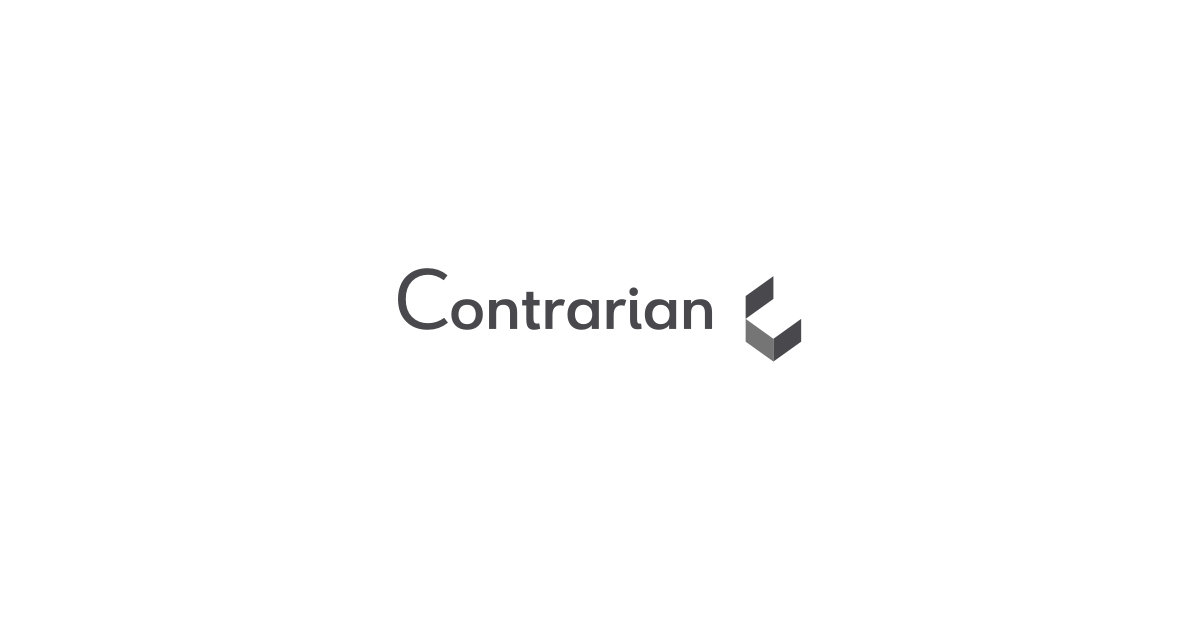
From product creation to service implementation, the challenges and objectives a company faces can be met head-on with this tool that can be used to brainstorm strategic planning needs and other competitive forms of analysis. In such instances, a business frequently maps company objectives to its strengths, weaknesses, opportunities and threats to identify valid strategic alternatives. One of the advantages of SWOT analysis is its wide applicability across a variety of organizational requirements. SWOT analysis is a powerful tool for healthcare organizations to gain insight into how they can best optimize their operations and improve patient outcomes. SWOT Analysis is the primary stage of strategic planning and concentrates on collecting information from the environment. The full form of SWOT is Strength (S), Weakness (W), Opportunity (O), and Threats (T) that an organization has to face and capitalize on.
- The outcome of the analysis will help you to understand factors both internal and external to your organisation which can impact upon strategy and influence business decisions.
- In addition, the items on the left side of the table are more positive/favorable aspects, while the items on the right are more concerning/negative elements.
- SWOT Analysis is the primary stage of strategic planning and concentrates on collecting information from the environment.
- It has many positive aspects but since no tool can be perfect, it has both its benefits and limitations.
- If so, the business then decides if it will use the SWOT method or an alternative tool to facilitate the session.
The threats require the consultancy to keep up-to-date with changes in technology. It also needs to keep a close eye on its largest competitors, given its vulnerability to large-scale changes in its market. To counteract this, the business needs to focus its marketing on selected industry websites, to get the greatest possible market presence on a small advertising budget. SWOT Analysis provides information that helps in synchronizing the firm’s resources and capabilities with the competitive environment in which the firm operates.
Advantages of SWOT Analysis (6 Benefits and 4 Limitations)
Before the implementation for determining the effectiveness, the methods can also get analyzed. This results in the organization have the advantage of finding available opportunities at the particular moment. While the strengths and weaknesses are current or backward-looking, the opportunities and threats are forward-looking. There are many different situations that may have multiple influence factors that occur simultaneously or on a regular basis. By using this tool, it becomes possible to have a greater overall understanding of the big picture while still being able to focus on the fine details that the smaller picture requires.
Companies use the SWOT analysis to structure strategic planning brainstorming sessions, which facilitate the evaluation of business alternatives. SWOT analysis is also useful in assessing vendors, product markets and technologies. Participants also state the conditions — the opportunities — that will support the achievement of the objective and the threats that will complicate their efforts. The critical disadvantage of using SWOT analysis, however, is its limitation due to its tendency to produce ambiguous and subjective data or information. This analytical tool cannot be used on its own because it does not define the strategic implication of the identified strengths, weaknesses, opportunities, and threats. The use of data might also be limited to the inevitable personal or cognitive bias of an individual.
It is a process of matching organizational strengths and weaknesses with environmental opportunities and threats to determine the organizational right niche. However, SWOT analysis also has some drawbacks that can limit its usefulness and validity. One of the main disadvantages is that it can be subjective and biased, depending on who conducts it and how they interpret the data. For example, some people may overestimate their strengths and underestimate their weaknesses, or vice versa. Some people may also confuse facts with opinions, or ignore relevant information that does not fit their assumptions. Another disadvantage is that SWOT analysis can be static and outdated, as it does not account for the dynamic and complex nature of the external environment.
One of the purposes of a SWOT analysis is to simplify complex ideas into easily understandable schematics. Most of the ideas outlined by a SWOT analysis are a refinement of extremely complex interactions and serve mainly as a guide instead of actionable information. Most times, a SWOT analysis can be simplified into groups of bullet points written under their respective sections. This allows the reader to quickly scan through the analytic framework and grasp The key information it is trying to pass along without burdening themselves with intricate details or large amounts of data. However, there’s a number of benefits to a SWOT analysis that make strategic decision-making easier. Now, it’s often used by governments, nonprofits, and individuals, including investors and entrepreneurs.
Advantage: Data Integration
The primary goal of a SWOT analysis is to identify and list down beneficial and detrimental situations and/or factors, thus paving the way for determining the most appropriate strategic direction. By having a better understanding of their internal and external factors, businesses can make informed decisions that align with their overall strategy. This reduces the risk of making hasty decisions that could negatively impact the business. Examining how the external environment affects its business, it identified opportunities in emerging technology, untapped demographics, and a culture shift towards healthy living. It also found threats, such as a winter freeze damaging crops, a global pandemic, and kinks in the supply chain.
2023 Dengue Vaccines Market: Trends and Forecast 2030 A Detailed Sales Channel Analysis – EIN News
2023 Dengue Vaccines Market: Trends and Forecast 2030 A Detailed Sales Channel Analysis.
Posted: Tue, 08 Aug 2023 04:03:00 GMT [source]
For example, the strategic planning process consists of multiple steps or phases. A SWOT analysis is designed to facilitate a realistic, fact-based, data-driven look at the strengths and weaknesses of an organization, initiatives, or within its industry. The organization needs to keep the analysis accurate by avoiding pre-conceived beliefs or gray areas and instead focusing on real-life contexts. In addition, some experts feel that it is best to combine analytical methodologies. Ideally, the results that you come up with should form the basis of a comprehensive strategic planning approach.
Link Between the SWOT Matrix & the Grand Strategy Matrix
As a result, an external consultant is not required to obtain satisfactory results from the analysis. Any staff member who has knowledge of the business and its industry can perform the analysis. In addition, an employee can perform the analysis relatively quickly, advantages and disadvantages of swot analysis conserving company resources. If the final analysis indicates the objective might be achieved, the goal becomes an element of the company’s strategy. If not, another objective is selected and the brainstorming session, employing the SWOT analysis, is repeated.

SWOT analysis is a tool used to analyse the strategic position of a business or an individual. It helps you identify the improvement areas and opportunities in an open market. The marketing strategy and the business models are often defined based on the SWOT analysis. The main benefit of SWOT analysis is that it can help you analyse the internal and external factors which can determine your success. In order to make the most of SWOT Analysis and avoid its drawbacks, it is important to observe some best practices and tips.
SWOT Analysis – Definition, Advantages, Disadvantages & Example of SWOT Analysis
This enables the business to obtain a holistic Schematic of the organization, as well as how these different parts interact to form a functional business model. For a business to maintain productivity and stay ahead of the curve, a SWOT analysis is necessary. It forces leaders to take a look at the bigger picture, plan for the future, and determine what the company’s competitive advantage is.
![]()
It involves stating the objective of the organisation or project and identifying the internal and external factors that are either supportive or unfavourable to achieving that objective. SWOT is often used as part of a strategic or planning process, but can be applied to help understand an organisation or a situation, and also for decision-making for many different scenarios. SWOT Analysis is a strategic planning tool that helps organizations identify their internal strengths and weaknesses, as well as external opportunities and threats. It is often used to evaluate the overall position of a company in the marketplace.
Businesses need to develop a plan of action to address the areas that need improvement and capitalize on the opportunities identified. Closely related to its weaknesses, Home Depot’s threats were the presence of close rivals, available substitutes, and the condition of the U.S. market. It found from this study and other analysis that expanding its supply chain and global footprint would be key to its growth. In addition to data, a company should understand the right combination of personnel to have involved in the analysis. Some staff may be more connected with external forces, while various staff within the manufacturing or sales departments may have a better grasp of what is going on internally.
- A SWOT analysis also allows a group to be able to decide what the most appropriate tools will be to accomplish a goal or exercise.
- SWOT is often used as part of a strategic or planning process, but can be applied to help understand an organisation or a situation, and also for decision-making for many different scenarios.
- Due to this, there is a tendency to abandon the technique after the initial stages of strategic planning and thereby reducing the usefulness of the technique.
- For example, a business determines on each occasion, if a brainstorming session makes sense to address a strategic plan or competitive analysis.
The SWOT table is often laid out with the internal factors on the top row and the external factors on the bottom row. In addition, the items on the left side of the table are more positive/favorable aspects, while the items on the right are more concerning/negative elements. Alice sees opportunities in offering rapid-response, good-value services to local businesses and to local government organizations. The company can likely be the first to market with new products and services, given that its competitors are slow adopters. A combination of qualitative and quantitative information is benefitting the leaders.
As a result, each attribute appears to have only one influence on the problem being analyzed. For example, locating a chain of stores on well-traveled streets that grant easy access to customers might be reflected in increased sales. However, the costs of operating high-visibility facilities can make it difficult to compete on price without a large sales volume. Five years later, the Value Line SWOT analysis proved effective as Coca-Cola remains the 6th strongest brand in the world (as it was then). Coca-Cola’s shares (traded under ticker symbol KO) have increased in value by over 60% during the five years after the analysis was completed. The problem that arises due to continuous encouragement of simplicity by SWOT can cause oversimplification of a concern or issue at the highest level.

Strengths and weaknesses are listed first, followed by opportunities and threats. For example, the company debating whether to release a new product may have identified that it is the market leader for its existing product and there is the opportunity to expand to new markets. However, increased material costs, strained distribution lines, the need for additional staff, and unpredictable product demand may outweigh the strengths and opportunities. The analysis team develops the strategy to revisit the decision in six months in hopes of costs declining and market demand becoming more transparent. Using internal and external data, the technique can guide businesses toward strategies more likely to be successful, and away from those in which they have been, or are likely to be, less successful. Independent SWOT analysts, investors, or competitors can also guide them on whether a company, product line, or industry might be strong or weak and why.

